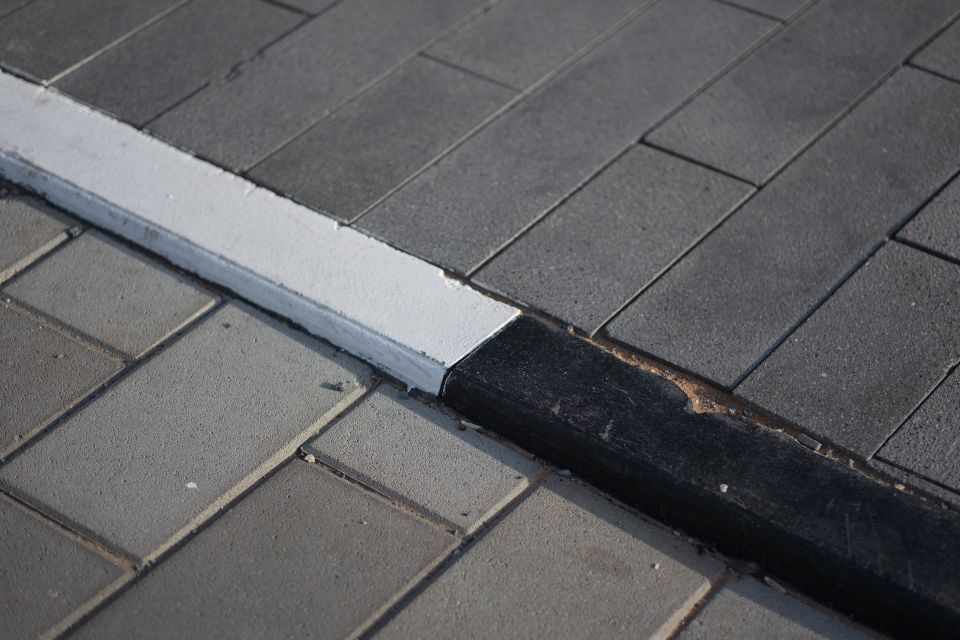The quest for sustainable, long-lasting, and environmentally friendly solutions in the construction industry is driving an increased focus on innovative pavement rehabilitation techniques. Full-Depth Reclamation (FDR) is a game-changing approach to pavement rehabilitation that minimizes waste, reduces costs, and preserves our natural resources. By recycling the existing pavement materials in situ, FDR eliminates the need for traditional excavation and disposal while creating a more robust and durable pavement structure.
In this comprehensive article, we will explore the principles and advantages of Full-Depth Reclamation, discussing its applications in various pavement rehabilitation projects. We will examine the methodologies and equipment used in the FDR process, and offer expert advice on optimizing your project's success with this cutting-edge technique. In addition, we will provide insights into the factors that influence the performance of FDR, as well as the best practices for designing and maintaining FDR-treated pavements.
Join Terra-Firma Stabilization & Reclamation as we delve into the world of Full-Depth Reclamation, showcasing its potential to transform the way we approach pavement rehabilitation. With our expertise in Asphalt Pulverization, Soil Improvement & Modification, Soil Stabilization, and Full-Depth Reclamation, we are uniquely positioned to help you harness the power of FDR for your next pavement rehabilitation project. Learn how Full-Depth Reclamation can create more sustainable, cost-effective, and resilient pavement structures for a greener, more efficient future.
1. The Principles and Advantages of Full-Depth ReclamationFull-Depth Reclamation (FDR) is an innovative pavement rehabilitation technique that involves recycling the existing pavement and underlying base materials in situ to create a new, durable pavement structure. The FDR process offers numerous advantages over traditional pavement rehabilitation methods, including:
a. Sustainability: FDR minimizes waste and the need for new materials by recycling existing pavement materials, resulting in a more environmentally friendly solution.
b. Cost-Effective: By reducing the need for new materials and streamlining the rehabilitation process, FDR significantly lowers project costs.
c. Time-Saving: FDR is typically completed more efficiently than traditional pavement rehabilitation methods, causing fewer traffic disruptions and less downtime.
d. Enhanced Pavement Performance: The recycled materials used in FDR provide improved structural performance, resulting in longer-lasting, more durable pavements.
2. Full-Depth Reclamation Applications in Pavement RehabilitationFull-Depth Reclamation finds its application in various pavement rehabilitation scenarios, including:
a. Distressed Pavement Repair: FDR effectively addresses common pavement distresses, such as cracking, rutting, and potholes, by creating a homogenous and stable foundatio
n.b. Road Widening: FDR can be employed to seamlessly incorporate new lanes or improvements into existing roadways, providing a smooth transition between old and new pavement structures.
c. Environmentally Sensitive Areas: In areas where environmental preservation is a priority, FDR offers a sustainable solution, minimizing habitat disruptions and eliminating the need for additional raw materials and waste disposal.
d. Flexible Pavement Reconstruction: FDR provides the ideal solution for reconstructing roads with deteriorated flexible pavements, creating a new, stabilized base layer that significantly improves performance.
3. Methodologies and Equipment for Full-Depth ReclamationSuccessful FDR projects rely on the utilization of proper methodologies and equipment, such as:
a. Pulverization: A reclamation machine, typically a milling machine or a reclaimer/stabilizer, pulverizes the existing pavement layers and base materials into a uniform particle size distribution.
b. Mixing: After pulverization, the recycled materials are mixed with any necessary additives, such as water, cement, or asphalt emulsions, to create a homogeneous and stable mixture.
c. Compaction: The mixed materials are compacted with specialized compaction equipment, such as rollers or vibratory compactors, to achieve the desired density and strength.
d. Curing and Surface Treatment: The compacted layer is allowed to cure for a specified period before the final surface treatment, such as a hot mix asphalt overlay or chip seal application.
4. Design, Performance Factors, and Maintenance for FDR-Treated PavementsCritical aspects that influence the success of Full-Depth Reclamation projects include design, performance factors, and maintenance:
a. Pavement Design: A comprehensive pavement design, considering factors such as traffic loading, existing pavement conditions, and climate, is essential for determining the required material properties and mixture proportions for FDR.
b. Performance Factors: The performance of FDR-treated pavements is influenced by factors such as pavement layer thickness, compaction, curing conditions, and the type and proportion of stabilizing agents used.
c. Maintenance: Like any pavement structure, FDR-treated pavements require regular maintenance to ensure long-term performance. This includes routine inspections, preventative maintenance measures, and timely repairs as needed.
ConclusionFull-Depth Reclamation offers a sustainable, cost-effective, and efficient solution to pavement rehabilitation, revolutionizing the way we address aging and deteriorated roadways. By understanding the principles, advantages, applications, and best practices associated with FDR, construction professionals can seize the opportunity to create eco-friendly, high-performance pavements that contribute to a more resilient and efficient transportation network.
Trust Terra-Firma Stabilization & Reclamation to provide expert guidance and support in implementing
Full-Depth Reclamation for your pavement rehabilitation projects. With our extensive experience in Asphalt Pulverization, Soil Improvement & Modification, Soil Stabilization, and Full-Depth Reclamation, we are your trusted partner in delivering exceptional pavement solutions tailored to your project's specific requirements. Contact Terra-Firma Stabilization & Reclamation today to discuss customized pavement management strategies, and let us help you forge a path toward a sustainable, efficient future with Full-Depth Reclamation.

